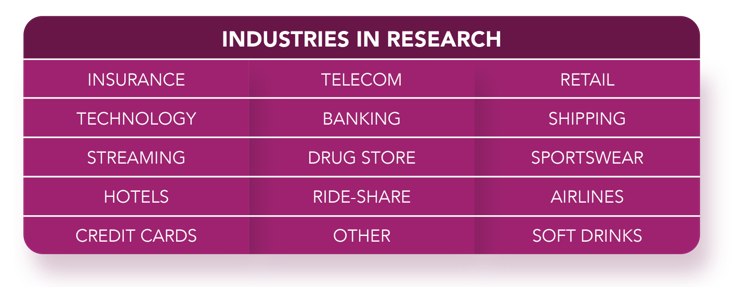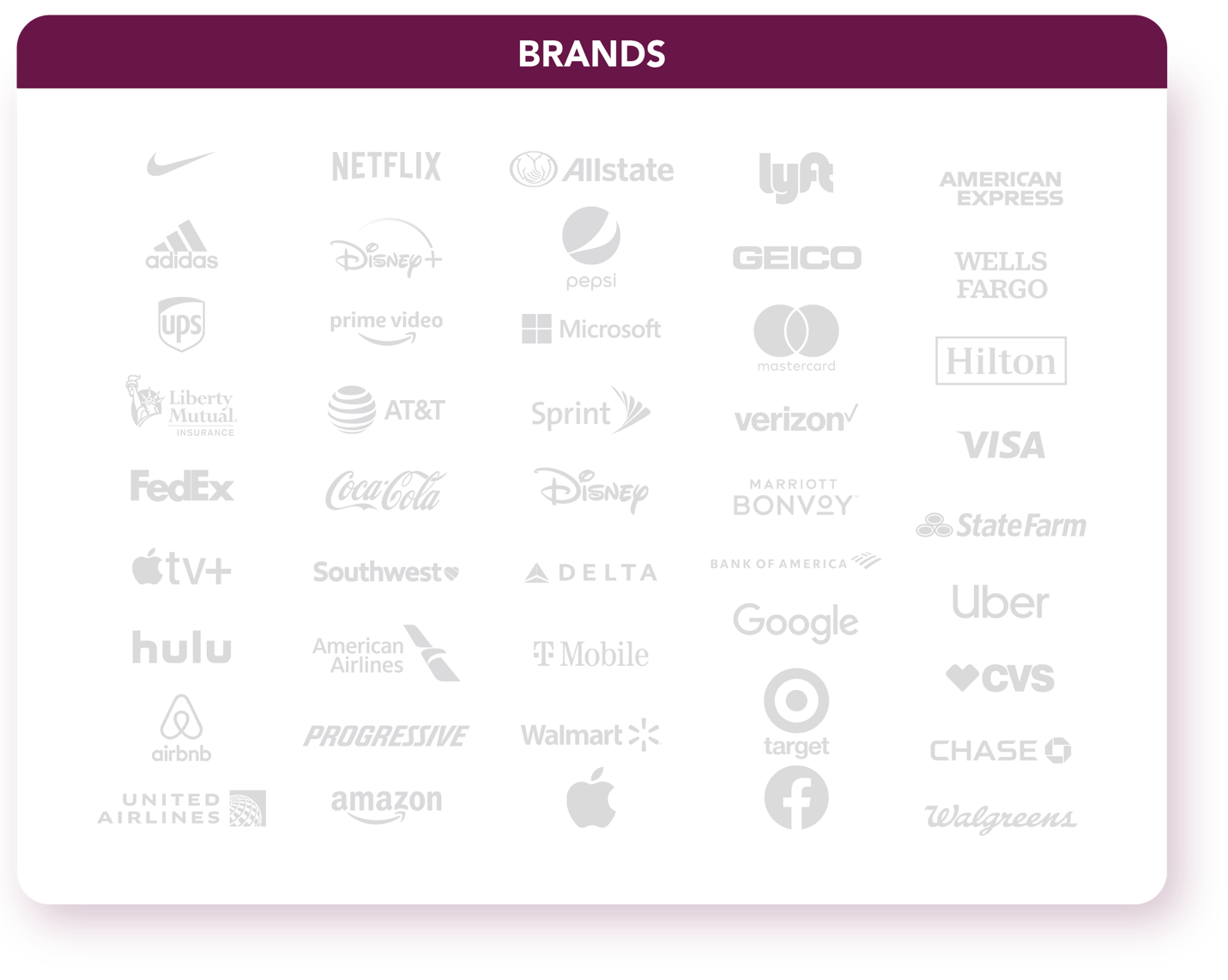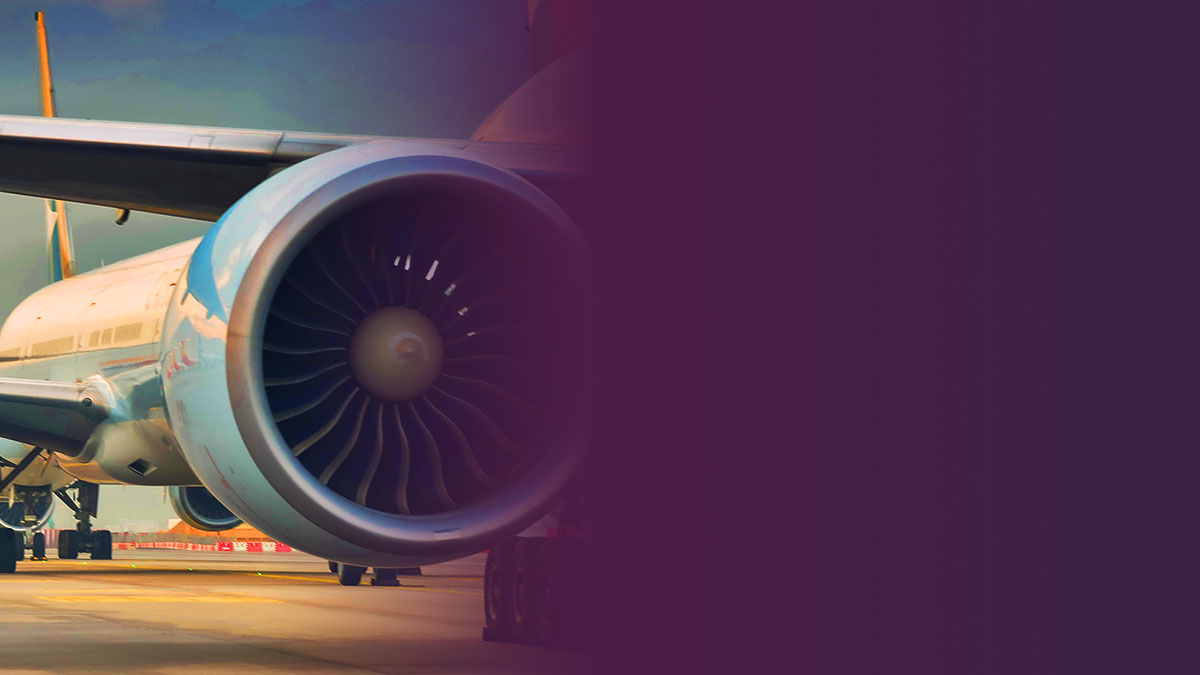BACKGROUND
It is essential for brands to find unique ways to gain a competitive advantage by differentiating themselves from their competitors. The Zion & Zion market research team is engaged in an exclusive in-depth series of studies to understand how consumers perceive the personalities of top U.S. brands. This article is the sixth in our new series on 45 major brands in 15 industries (see tables 1 and 2). In this series, we analyze how top brands are perceived across three key brand personality scales: Aaker’s (1997) classic five dimensions of brand personality, Freling, Crosno, and Henard’s (2011) brand personality appeal dimensions, and Haji’s (2014) negative brand personality dimensions. In the first five articles of our series (see here for the first article in the series), we investigated how the brands score on each of the three scales, what clusters they form, and how brand personality drives brand outcomes. In this article, we explore the topic of brand personality focusing on the airline industry.
With this wide-ranging study of top brands, we extend and enhance our previous in-depth work on the brand personality of the top 26 largest QSR (quick service restaurant) chains in the U.S.
Table 1. Industries Included in this Study

Table 2. Brands Included in this Study

EXECUTIVE SUMMARY
The Zion & Zion research team sought to gain a deep understanding of the brand personalities of 45 major brands in the U.S. The brands were selected based on established brand value and industry leadership rankings. We surveyed 9,309 adults, 18 years of age and up. Each respondent was asked about one of the brands. Respondents in our survey were also asked to rate their familiarity with each brand on a scale of 1 to 7, with 1 being “very unfamiliar” and 7 being “very familiar.” Only respondents who answered with at least “somewhat familiar” (5 or higher) were retained for the study which resulted in a data set of 6,444 responses.
Brands are competing for consumer attention against brands in their own industry rather than across industries. In other words, consumers decide between Visa and Mastercard rather than between Visa and Verizon. It is thus imperative to understand how brands compare to their industry competitors. Furthermore, each industry has different brand aspects that are key to consumer decision making. For example, privacy and security will be more important when considering banking services than when considering athletic apparel purchases.
THE BRAND PERSONALITY OF THE TOP AIRLINES
Table 3 summarizes the scores for United Airlines, American Airlines, Delta Airlines and Southwest Airlines across all 11 brand dimensions. The radar chart in figure 1 visualizes the brand perception space for the top airlines. The radar chart highlights that the four airlines are seen by consumers as highly similar. Only Southwest Airlines separates itself slightly from the pack. As discussed previously in our series, it would be a mistake to assume that this means that brand personalities have little impact on the success of the brands, as slight differences between these four brands have high impact on brand performance. This becomes evident when we investigate the results of a regression analysis below.
Table 3. Brand Personality Dimension Scores for Airlines

Figure 1. Radar Chart for Airlines

To understand how effective a particular brand profile is, it is key to investigate the impact that the specific profile has on desired brand performance. In the third article in our series (see here) we explained how the measure of brand performance captures multiple desirable consumer behaviors into a single outcome measure. Table 4 captures the five behaviors that together create the brand outcome measure. In this article, we use regression analysis to understand how the 11 brand dimensions drive brand performance specifically for the airline industry.
Table 4. Brand Performance Factor Analysis

Table 5 shows the result of the regression and highlights that in this industry high scores on Sincerity, high scores on Competence and low scores on Egotistical are the key drivers of brand performance while Sophistication and Ruggedness do not contribute much to a successful brand. The brand that scores highest on both Sincerity and Competence while also scoring lowest on Egotistical is Southwest Airlines predicting that Southwest is the brand in this industry that will most benefit from its performance on brand personality dimensions. The higher the regression coefficient in column two of the table, the larger the impact of the respective brand dimension on brand performance. A negative coefficient signifies that scoring high on this brand dimension has a negative impact on brand performance. Emphasizing brand dimensions that have a high impact on brand performance is a way to outperform your competitors in your industry.
Table 5. Regression Analysis for the Airline Industry, Dependent Variable = Brand Performance

INTERPRETING THE DATA
When interpreting the data shown on the table, it is important to keep in mind that each brand has its own unique profile that needs to be understood in relation to the brand’s positioning and target segment. It would be misleading to see this as a competition where a brand is strong only if it scores high on all appeal facets and low on all negative facets. Brands can perform well if they have middling scores on all these dimensions, so this is not a hard and fast judgement, but brands would generally not like to be seen as scoring both low on appeal and high on negative facets. The caveat is that being perceived negatively by some consumers may be acceptable if the brand’s target segment sees the brand in a positive light.
PUTTING THE DATA TO WORK
This article is the sixth article in our multi-part series, where we look at each of the brands in 15 industries in more detail. Later in this series, we will look at brand personality in other industries.
The Zion & Zion research team encourages marketers to look at how they want their brand to be viewed by consumers and look for ways to distinguish themselves from the pack. In our series we show that by selecting specific areas to improve, brands can in fact differentiate themselves. Our series thereby shows differentiation can help brands gain a competitive advantage.
